In the history of the papacy their have been a few popes that have had incredibly short times in charge, with reigns lasting just a few weeks or even days. These brief periods as leader of the Catholic Church are fascinating stories of unexpected events and sudden changes.
This piece will explore the shortest papacies, from the 13-day term of Pope Urban VII to others who served for only a few weeks. We’ll look at who these popes were, what happened during their short time in power, and the impact, if any, they had on the Church.
List of The Shortest Reigning Popes
- Urban VII (September 15–September 27, 1590): reigned for 13 calendar days.
- Boniface VI (April, 896): reigned for 16 calendar days
- Celestine IV (October 25–November 10, 1241): reigned for 17 calendar days.
- Theodore II (December, 897): reigned for 20 calendar days
- Sisinnius (January 15–February 4, 708): reigned for 21 calendar days
- Marcellus II (April 9–May 1, 1555): reigned for 22 calendar days
- Damasus II (July 17–August 9, 1048): reigned for 24 calendar days
- Pius III (September 22–October 18, 1503): reigned for 27 calendar days.
- Leo XI (April 1–April 27, 1605): reigned for 26 calendar days
- Benedict V (May 22–June 23, 964): reigned for 33 calendar days.
- John Paul I (August 26–September 28, 1978): reigned for 33 calendar days.
Urban VII – 13 Days (September 15–September 27, 1590)
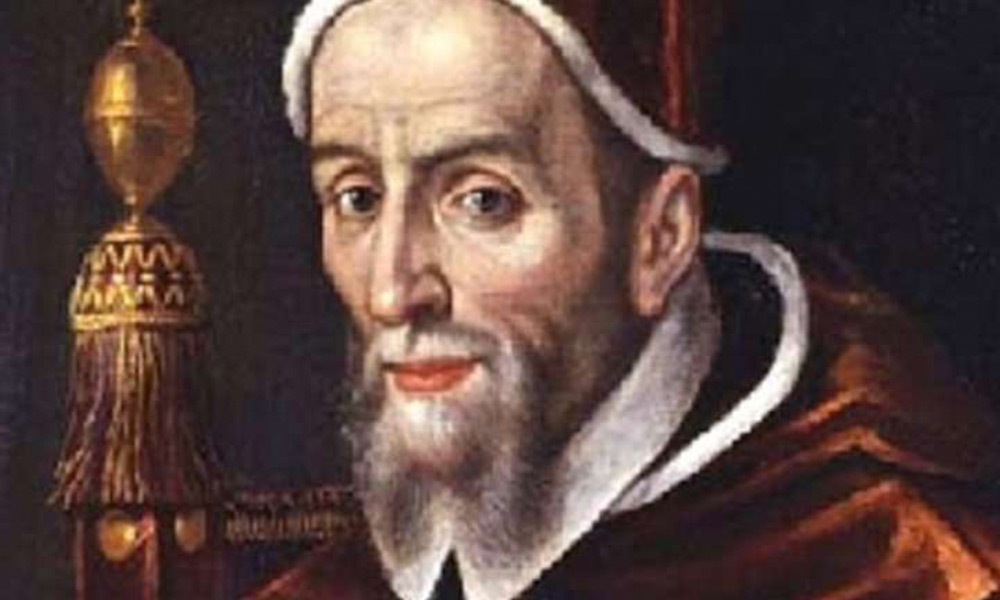
Pope Urban VII holds the record for the shortest papal reign in the history of the Catholic Church.
Giovanni Battista Castagna was elected to the papacy as Urban VII on 15 September 1590 but died of malaria on 27 September 1590, serving as Pope for only 13 days.
His brief papacy is notable not only for its length but also because, despite his short time as Pope, he managed to make a significant impact, such as proposing strict measures against nepotism and attempting to implement health measures in Rome to combat the spread of disease.
Boniface VI – 16 Days (April, 896)
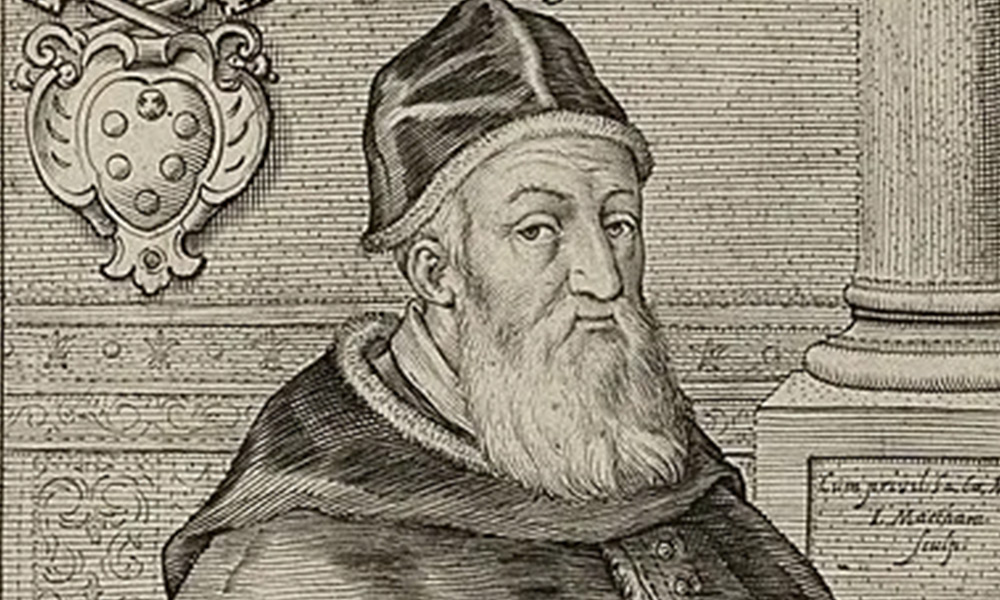
Serving as Pope in April 896 for only 16 days, places him 2nd in the shortest-reigning popes in the history of the Catholic Church. His papacy came during a period of great instability and turmoil in the papal history, often referred to as the Saeculum Obscurum or the “dark age” of the papacy, characterized by rapid successions, political intrigue, and interference from various Roman and foreign factions.
Due to the brevity of his reign and the chaotic times in which he lived, very little is known about the actions or policies of Pope Boniface VI. His short tenure and the circumstances surrounding his election and death contribute to the scant historical record, making his papacy one of the less documented in the annals of Vatican history.
Celestine IV – 17 Days (October 25–November 10, 1241)
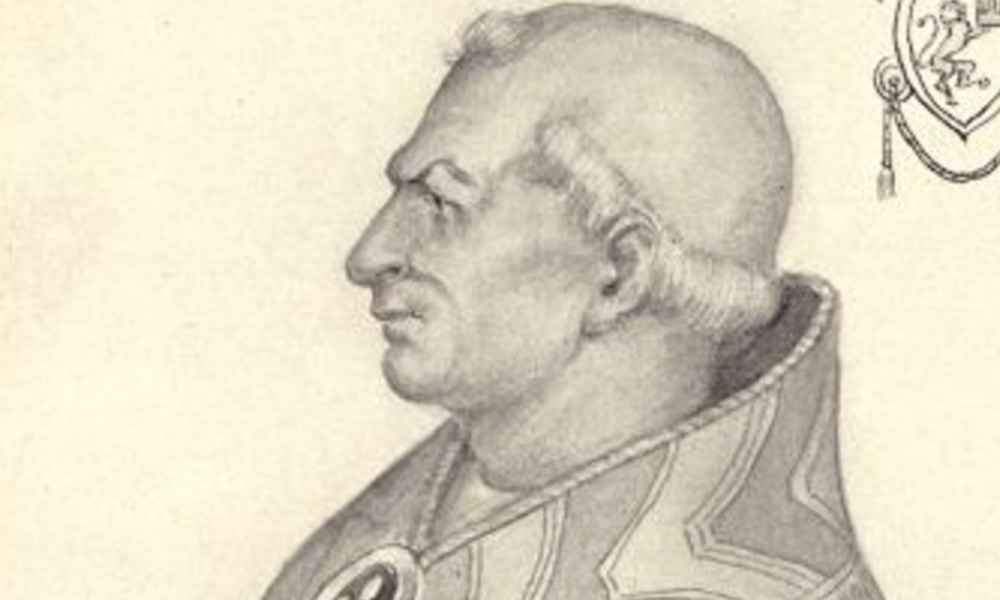
Pope Celestine IV’s reign was also notably short, lasting only 17 days. It is the 3rd shortest papacy in the history of the Church. He was elected to the papacy on October 25, 1241, and died on November 10, 1241, before his consecration. Because he died before his consecration, this meant that Celestine IV did not enact any significant policies or leave a substantial mark on the Church’s history.
Theodore II – 20 Days (December, 897)
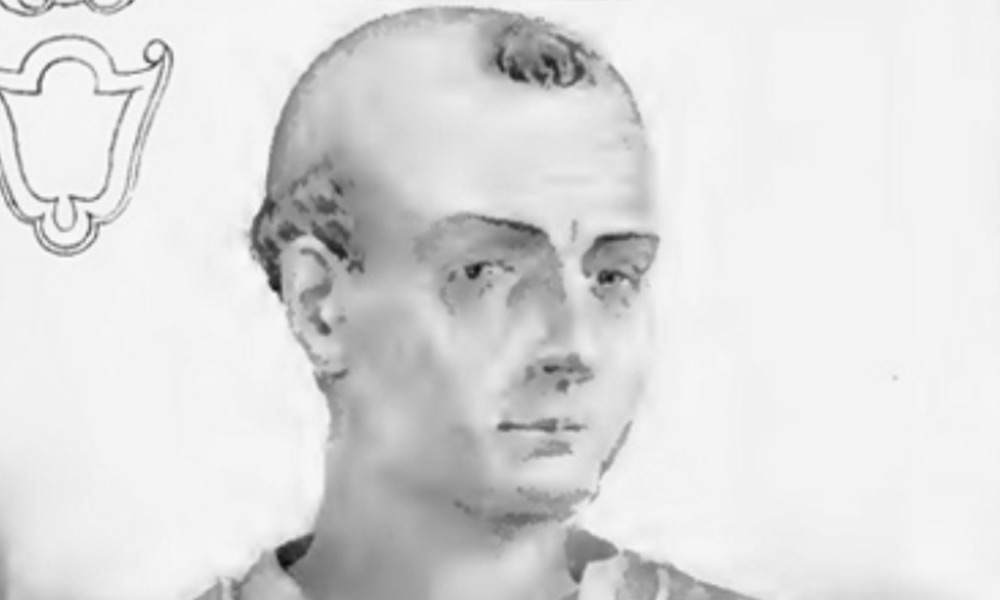
Pope Theodore II’s reign was extremely brief, lasting only 20 days in December 897.
The historical records regarding Pope Theodore II‘s death are scarce and do not provide a clear cause of death.
Despite his very short tenure, Theodore II is noted for having made efforts to restore the dignity of the papacy and the Church amidst the chaos of the times. One of his known actions was his attempt to reconcile the posthumous reputation of Pope Formosus, whose body had been exhumed and put on trial in the notorious Cadaver Synod under Pope Stephen VI.
Theodore II ordered that the body of Formosus be reburied with full honors in St. Peter’s Basilica, a move that was seen as an attempt to bring some semblance of respect and sanity back to the papal office.
Sisinnius – 20 days (January 15–February 4, 708)
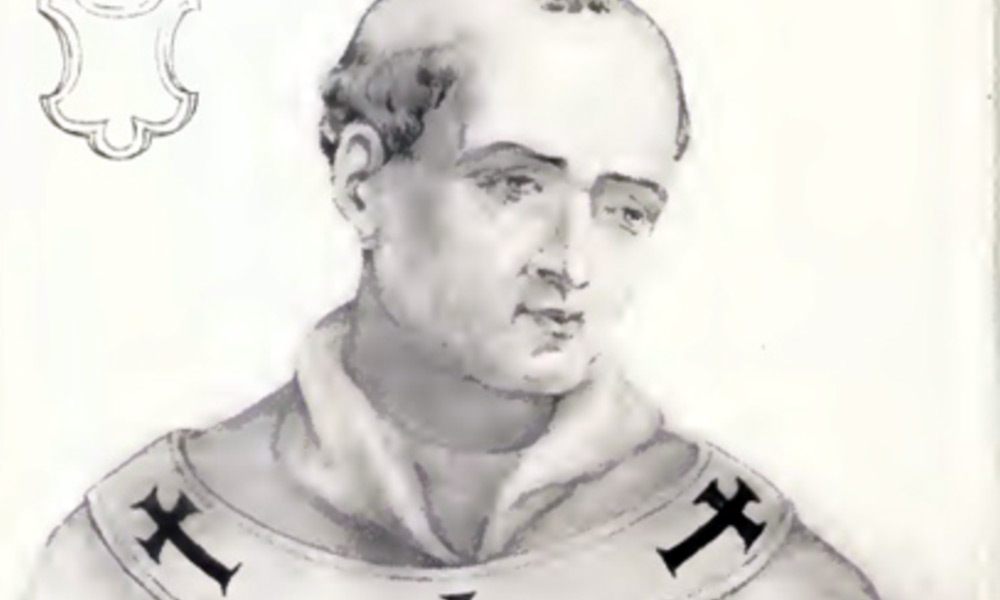
Pope Sisinnius‘ papacy lasted for just 20 days. He was elected as Pope on January 15, 708, and died on February 4, 708.
Regarding the cause of his death, historical records from that period are sparse, and specific details about his health or the cause of his death are not well-documented. It is known that Pope Sisinnius was in poor health at the time of his election, suffering from gout among other ailments, which might have contributed to his early demise.
Marcellus II – 22 Days (April 9–May 1, 1555)
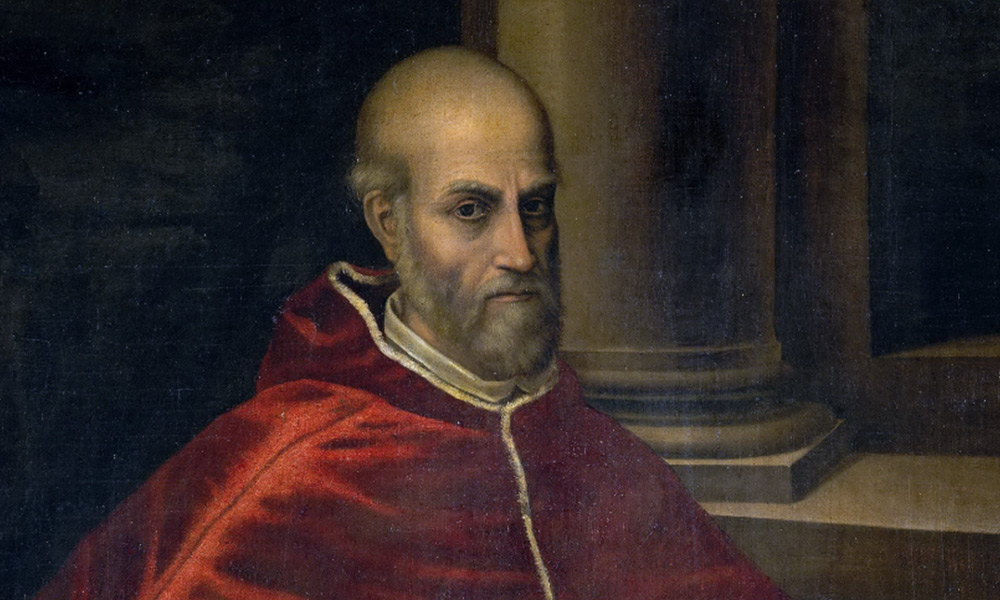
Pope Marcellus II‘s papacy was notably brief, lasting only 22 days. He was elected as pope on April 9th, 1555, and died on May 1st, 1555. Born Marcello Cervini degli Spannochi, he was one of the last popes to use his birth name after his election.
His death was attributed to a sudden illness, specifically a fever that overwhelmed him shortly after his election.
Damasus II – 24 Days (July 17–August 9, 1048)
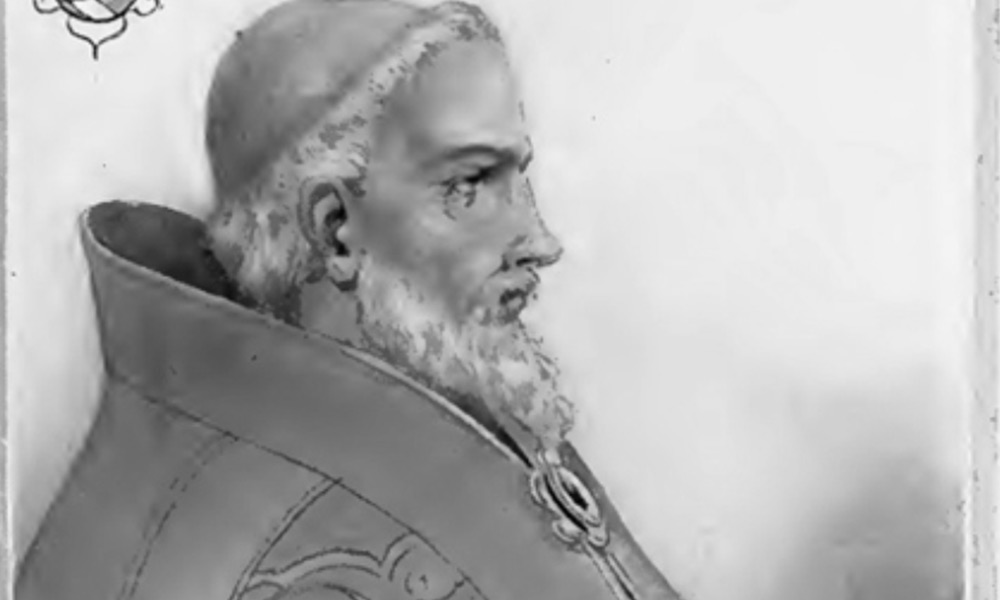
Pope Damasus II‘s papacy lasted only 23 days. He was elected pope on July 17, 1048, and died on August 9, 1048. His papacy is one of several during the 11th century that were notably brief. It is claimed that he died of malaria.
Pius III – 27 Days (September 22–October 18, 1503)
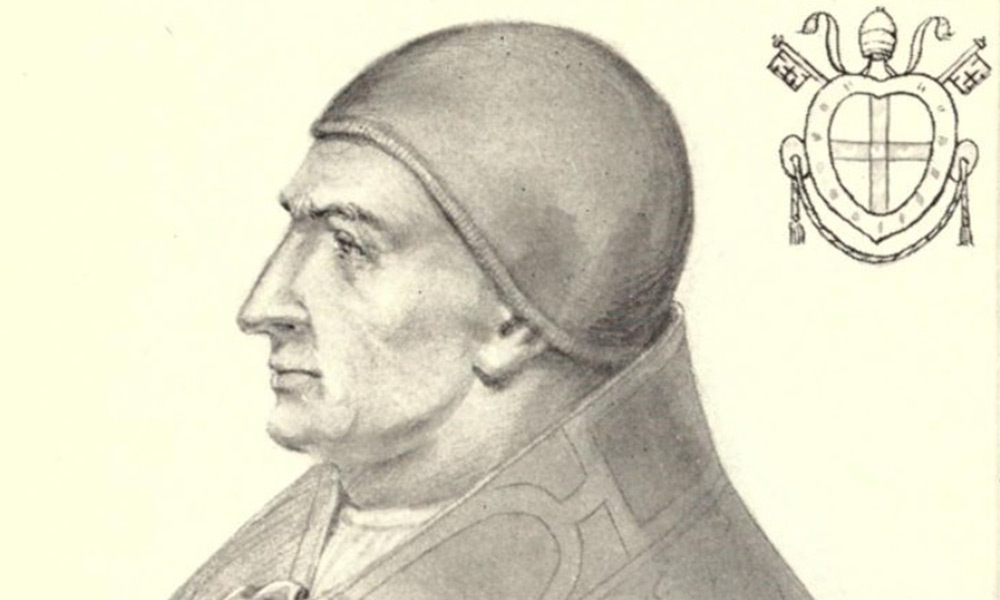
Pope Pius III’s papacy was one of the shortest in the history of the Catholic Church, lasting only 26 days. He became pope on September 22, 1503, and died on October 18, 1503. Pius III, born Francesco Todeschini Piccolomini, was related to Pope Pius II (Aeneas Silvius Piccolomini) and had been made a cardinal by him.
His brief tenure as pope was largely overshadowed by his poor health, which had been deteriorating even before his election. He died of a fever, believed to have been caused by an abscess or ulceration in his leg, a condition that had plagued him for a long time and significantly worsened after his election to the papacy.
Leo XI – 27 Days (April 1–April 27, 1605)
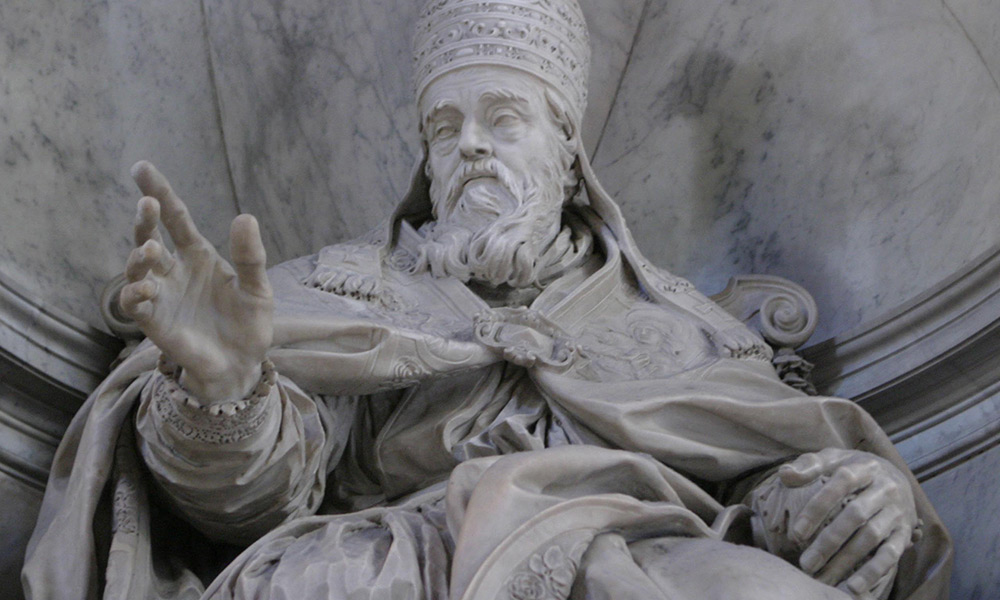
Pope Leo XI’s papacy was the 9th shortest in the history of the Catholic Church, lasting only 27 days. He was elected pope on April 1, 1605, and died on April 27, 1605. Born Alessandro Ottaviano de’ Medici, Leo XI came from the influential Medici family of Florence, which had produced several notable leaders and patrons of the Renaissance.
Unfortunately, Pope Leo XI’s extremely short tenure meant he had virtually no time to implement any significant policies or leave a mark on the Church’s administration or doctrinal development. He fell ill shortly after his election and died of what was reported to be pneumonia
He was referred to as “Papa Lampo” or “Lightning Pope,” highlighting the fleeting nature of his tenure.
Benedict V – 33 Days (May 22–June 23, 964)
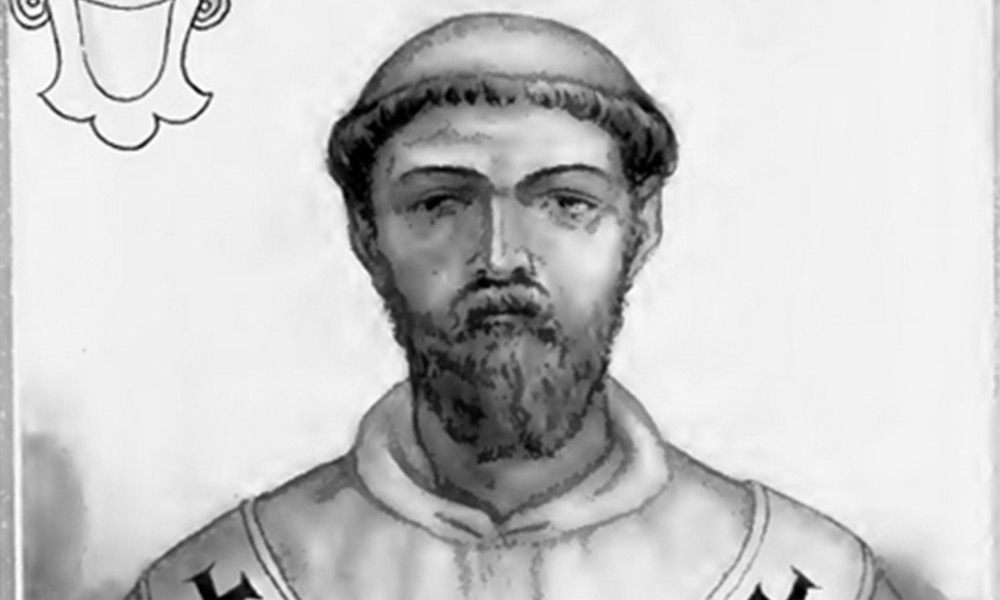
Pope Benedict V’s papacy lasted for a short period in 964, approximately from May 22, 964, to June 23rd, 964, making it 33 days long.
Benedict V was elected after the deposition of Pope John XII and the brief reign of Leo VIII, who was appointed by Emperor Otto I. However, Benedict’s election was not supported by Otto, leading to a conflict. Otto invaded Rome, deposed Benedict V, and reinstated Leo VIII as Pope. Benedict was then taken to Germany as a prisoner.
As for his death, there is limited information on the exact cause. After being deposed, Benedict V was eventually allowed to return to Italy and lived his final days in Hamburg under the care of Archbishop Adaldag. He is believed to have died in July 966, but specific details regarding the cause of his death are not well-documented.
John Paul I – 33 Days (August 26–September 28, 1978)
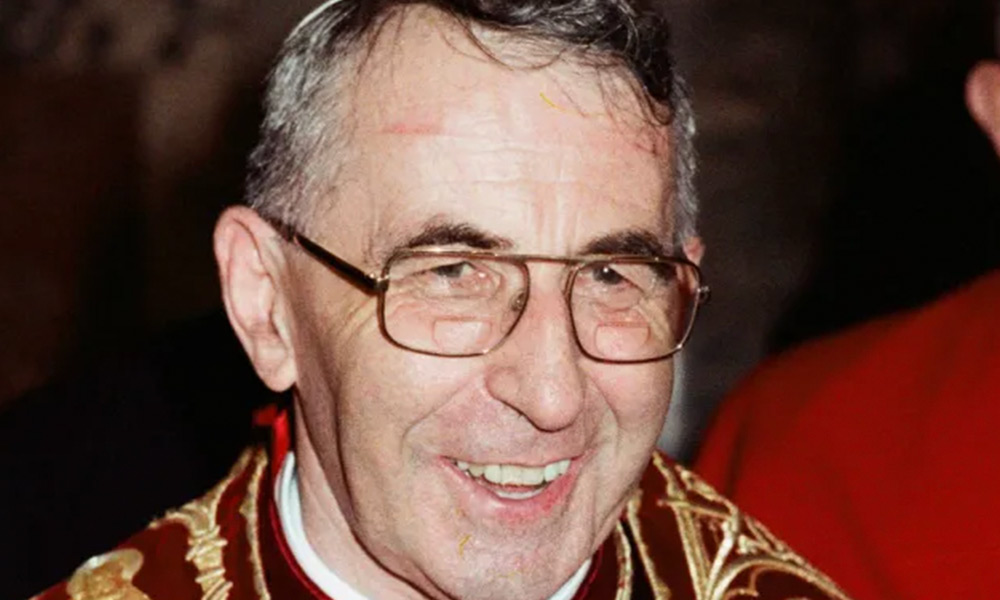
Pope John Paul I, born Albino Luciani, served as Pope from August 26, 1978, until his sudden death on September 28, 1978, making his papacy the 11th shortest in history at just 33 days.
His unexpected passing shocked the world and led to a variety of speculation and conspiracy theories, although the official cause of death was reported as a heart attack.
John Paul I was known for his humility, warmth, and commitment to a simpler papacy, which was reflected in his choice of name—becoming the first pope to take a double name, after his two immediate predecessors, John XXIII and Paul VI.
He was also noted for his communication skills and his desire to make the Church more accessible to the people.